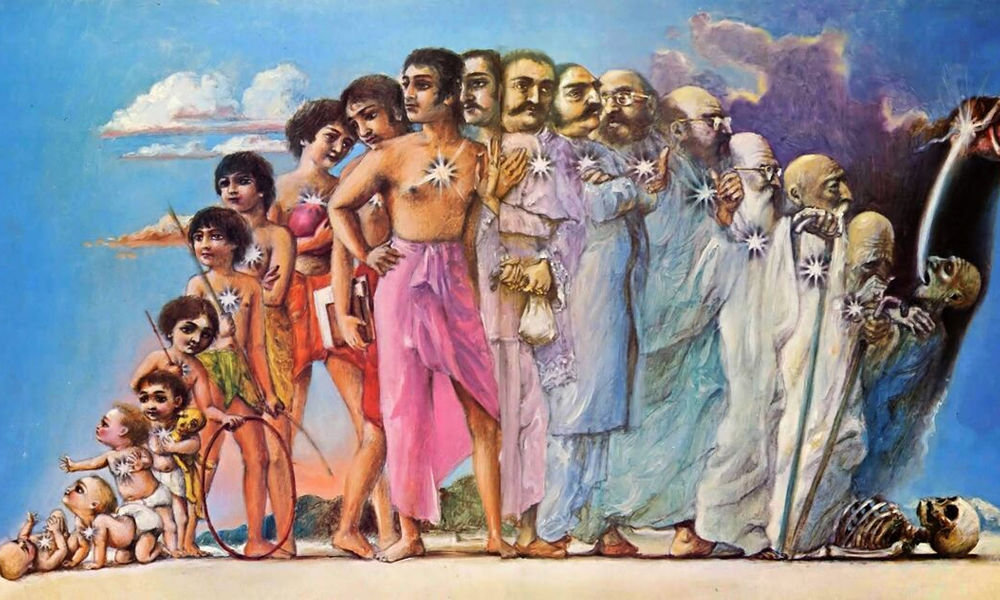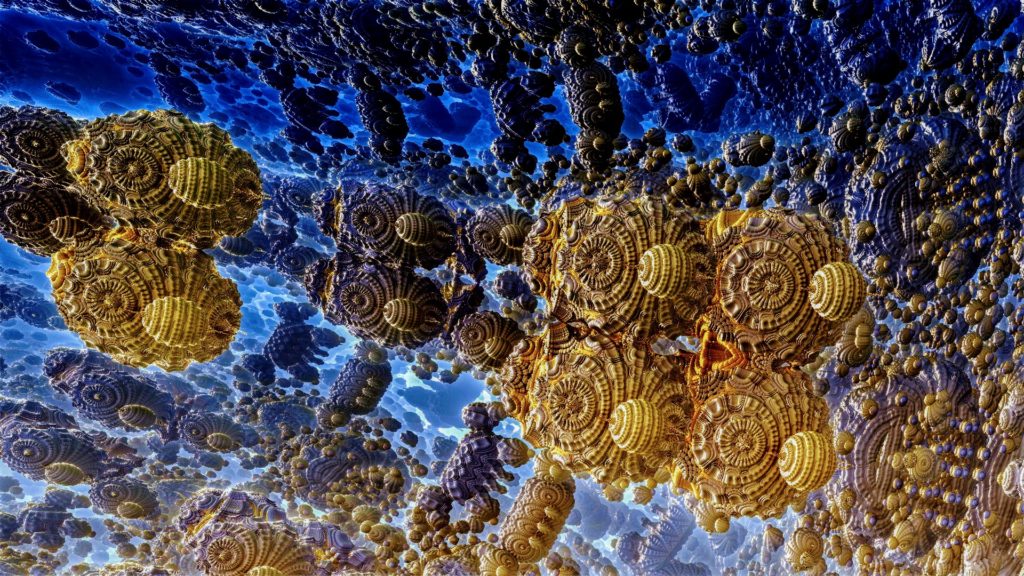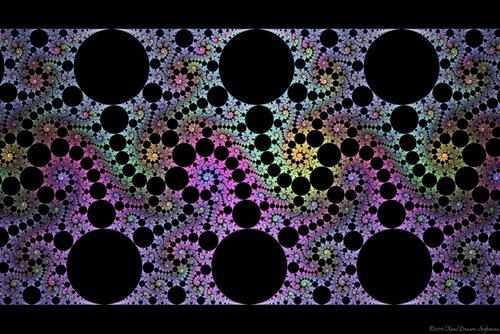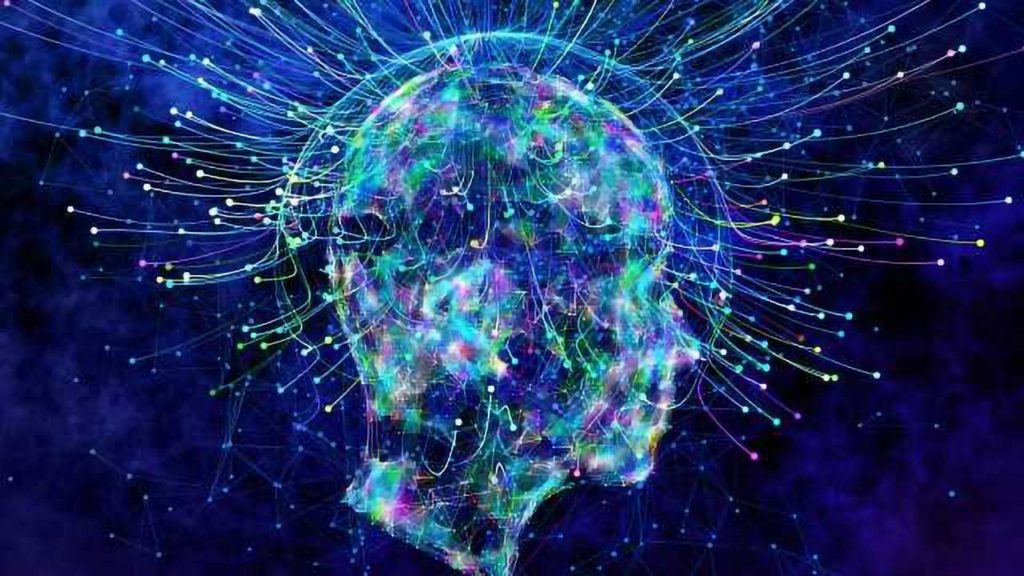
1. Knowing consciousness to be the prima materia, the Elementalist is not interested in the question of whether consciousness survives the death of the physical body.
2. The really interesting question is what the order of reality looks like on the far side of death.
3. A person’s frequency of consciousness determines the sort of reality they manifest. This is true in life, and this is true in death.
4. In life, this rule is known as the Law of Attraction. This holds that, among other things, a person’s frequency of consciousness repels both higher and lower frequencies, so that people tend to attract other people like themselves.
5. Desperate people attract desperate people, happy people attract happy people, angry people attract angry people, curious people attract curious people, sedulous people attract sedulous people, glorious people attract glorious people and humble people attract humble people.
6. In life, the Law of Attraction holds that the energy one puts out into the Great Fractal will be the same as the energy that returns to one from the Great Fractal.
7. In death, the same logic applies.
8. The rule that the energy one put out into the Great Fractal in life becomes the energy that returns to one from the Great Fractal after death is known as the Law of Assortative Reincarnation.
9. This is a very similar concept to the biological concept of assortative mating.
10. In other words: we attract, on the other side of death, the same sort of beings that we attract on this side of death. This we do by means of the frequency that we project into the Great Fractal.
11. When a person’s physical body dies, their ego dies with it, and so the person is no longer influenced by the part of the mind that tells lies to further its own impulses and which makes unjustified excuses for itself.
12. After the death of one’s physical body, one’s fragment of consciousness returns to God – and to God’s judgment.
13. Being without ego on the other side of death, people don’t question God’s judgment there. Consequently, they accept their fate without qualification.
14. Although God is without malice, the fact is that every person, when stripped of ego, will agree that they ought to get what they deserve.
15. The fairest thing for every sentient being is to live in a reality filled with beings on the same frequency of consciousness as themselves. God facilitates this.
16. Some call this facilitation the Law of Karma, and this law underpins both the Law of Attraction and the Law of Associative Reincarnation.
17. A person’s frequency of consciousness upon the death of their physical body is the same frequency as the part of the Great Fractal that person will next reincarnate into.
18. All the beings that populate the next world that a person reincarnates into are fractal expressions of that person’s own frequency of consciousness – and that person is a fractal expression of all those other beings.
19. The Law of Assortative Reincarnation holds that people reincarnate into worlds with the same frequency as themselves.
20. This means that people reincarnate into worlds populated by beings at a similar frequency. Some will be lower, and some will be higher, but the average will be similar to that of the person incarnating.
21. Thus, each being is assigned, when reincarnating, to the part of the Great Fractal that is appropriate for their frequency of consciousness.
22. The Great Fractal is perfectly just – but this is only apparent at high levels of resolution, such as when one observes series of multiple lifetimes.
23. At low levels of resolution, such as a mere decade, the Great Fractal can appear extremely unjust. This is why short-sighted and materialistic people are usually preoccupied with some grievance or other.
24. Truly, people get what they deserve.
25. People who are cruel will develop a frequency that reflects cruelty. Consequently, they will attract cruel people into their lives and will repel kind ones.
26. People who are kind will develop a frequency that reflects kindness. Consequently, they will attract kind people into their lives and repel cruel ones.
27. These facts are true on both sides of death.
28. A person may or may not get punished legally for acts of cruelty, but they always get punished spiritually, on this side of death or the other.
29. If a person wants to reincarnate into one of the Heaven Realms after they die, or at least wants to reincarnate into a world with less egregious suffering than here on Earth, they need to perform enough works of alchemy to transmute their consciousness into a level where it would be heavenly to be around that person.
30. Understanding the Law of Assortative Reincarnation means that one should never complain about the nature of life on this Earth.
31. This Earth may be cruel, and it may be brutal, but the reason why we all incarnated here is because of the frequency of consciousness that we cultivated in our past lives.
32. Should one wish to escape suffering, the correct thing to do is to transmute one’s frequency of consciousness from the basest, most egotistical level to the highest, most noble level.
33. The easiest way to do this is to focus on alleviating the suffering of one’s fellow sentient beings.
34. This will ensure that one attracts other beings on that level, whether on this side of death or the other side of death.
*
This chapter is an excerpt from Elemental Elementalism, the foundational scripture of the new religion of the Age of Aquarius.
*
If you enjoyed reading this essay/article, you can get a compilation of the Best VJMP Essays and Articles of 2020 from Amazon for Kindle or Amazon for CreateSpace (for international readers), or TradeMe (for Kiwis). A compilation of the Best VJMP Essays and Articles of 2019, the Best VJMP Essays and Articles of 2018 and the Best VJMP Essays and Articles of 2017 are also available.
*
If you would like to support our work in other ways, subscribe to our SubscribeStar fund. Even better, buy any one of our books!



